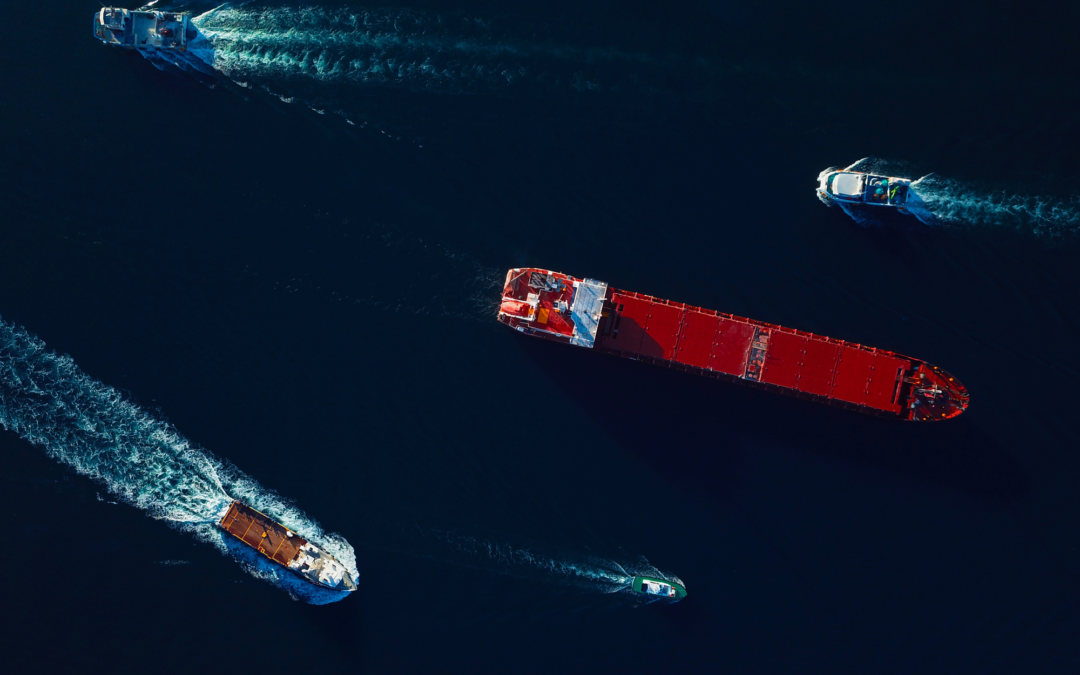Discussions on the fringes of the 3rd SHARE.IT Conference on Interoperability held in Bangkok from 20 to 24 November 2024 highlighted the complexity and diversity of participants’ perceptions on the evolution of regional maritime security and threats from the sea in the Indo-Pacific and beyond. Given the particular geography of the region and its structure around two oceans, the maritime dimension of security issues has become imperative for all the riparian states, putting an end to years of sea blindness for some. This is undoubtedly why there has been a particular, albeit fairly recent, effort on the part of the littoral states to strengthen their Maritime Domain Awareness (MDA) capabilities to better defend their coasts and, beyond that, their Exclusive Economic Zone. Kenya, India, France and Australia to name a few of them, have elaborated maritime strategies and policies that place a great emphasis on MDA.
Here are some points that emerged from the discussions between participants during the conference.
A collaborative approach
There is a general and quite positive tendency to seek external collaboration and cooperation at the regional or extra-regional level. Few States have the capacity to develop their own MDA with their national means, so the trend is to coordinate with regional partners and organisations as the Association of Southeast Nations (ASEAN), the Indian Ocean Commission (IOC) or the Pacific Islands Forum (PIF) to contribute to a more inclusive and therefore more effective regional security. Building a regional architecture that aims to enhance MDA should benefit all users: countries and maritime actors in and outside the region with a legitimate interest in transparency and stability at sea.
This search for collaborative mechanisms and the recognition of the role of regional organisations or intergovernmental cooperation forums such as RECAAP (Regional Cooperation Agreement on Combating Piracy and Armed Robbery) or the Jeddah/Djibouti Code of Conduct have also meant that the many initiatives proposed by the European Union to strengthen regional maritime resilience have been well received. This is particularly true of the EU’s CRIMARIO program and its development of the IORIS maritime information exchange platform, which was launched in 2015 to combat piracy in the Western Indian Ocean. Its regional success has paved the way for the establishment of CRIMARIO II in 2020, adopting a broader concept of maritime security and extending its scope to the whole Indo-Pacific. Similarly, in 2013, the EU financed the MASE program implemented by the IOC in the Western Indian Ocean. The EU is also supporting the operationalisation of the Yaoundé architecture in the Gulf of Guinea area since 2016 with the GOGIN initiative.
The importance of the Blue Economy
Another point is that coastal and Island States in the Indo-Pacific are paying greater attention to managing their areas of maritime jurisdiction and activities within them, meaning taking care of ‘Ocean Governance’. This is due to a better awareness of the economic importance of these areas in link with the emergence of the concept of ‘Blue Economy’ and the need to contribute to the security and the safety of the oceans to benefit from their resources. With the Indian Ocean, the South China Sea and the Pacific Ocean as part of a major Sea Line of Communication (SLOC) for trade and commerce and are rich in natural resources, including fish, which need to be developed sustainably, the Blue Economy holds great promise for the all-region.
Apart from the Blue Economy, the growing interest for greater MDA in the Indo-Pacific and beyond reflects the evolving security challenges that the region is facing. One would observe that these new challenges are mainly linked to non-traditional security threats, such as Illegal, Unreported, and Unregulated fishing, climate change, marine pollution, and smuggling of all kinds. This is particularly noticeable in the South Pacific.
Rise of maritime Law enforcement forces
A recent trend that one can also observe in the all-region is the development of coastguards and law enforcement forces. The Kenyan Government has recently established its first-ever coastguard to supplement its Navy by patrolling Kenya’s territorial waters and safeguarding marine interests in its Exclusive Economic Zone.
However, many countries do not have coastguards or navies capable of patrolling their territorial seas and vast EEZs effectively or the enforcement and judicial machinery necessary to apply their laws. While this situation exists, there is a substantial risk of increased IUU fishing and maritime criminal activities, as well as growing instability at sea.
However, with increased regulation of activities at sea and more international maritime conventions, maritime law enforcement has become more complex, requiring specialist expertise.
Interconnecting maritime centers
There is also a relative consensus on the fact that cooperation between neighbouring countries is fundamental to the provision of maritime security governance at the regional level. Building this cooperation in the Indo-Pacific is going to be difficult due to the diversity of the region and the lack of a clear common interest – other than protecting and securing the oceans and maritime spaces. Sharing data may be a complex and painful process at the national level, but it is even more challenging when you want to share information with other countries. For a State, achieving an effective MDA requires the sharing of information with other countries because of the interconnected nature of maritime security and the fluidity of the maritime domain.
There are several existing MDA information-sharing arrangements in the Indo-Pacific, including multilateral information-sharing or fusion centres, from the East African coasts to Peru. The achievements of these projects remain limited, and the region is far from having an independent and efficient MDA structure. Through its SHARE.IT initiative, the EU is encouraging a greater regional MDA for all partners. Its strength is to be a software accessible to all that supports regional maritime security architecture that should be interlinked.
Marianne Peron-Doise

